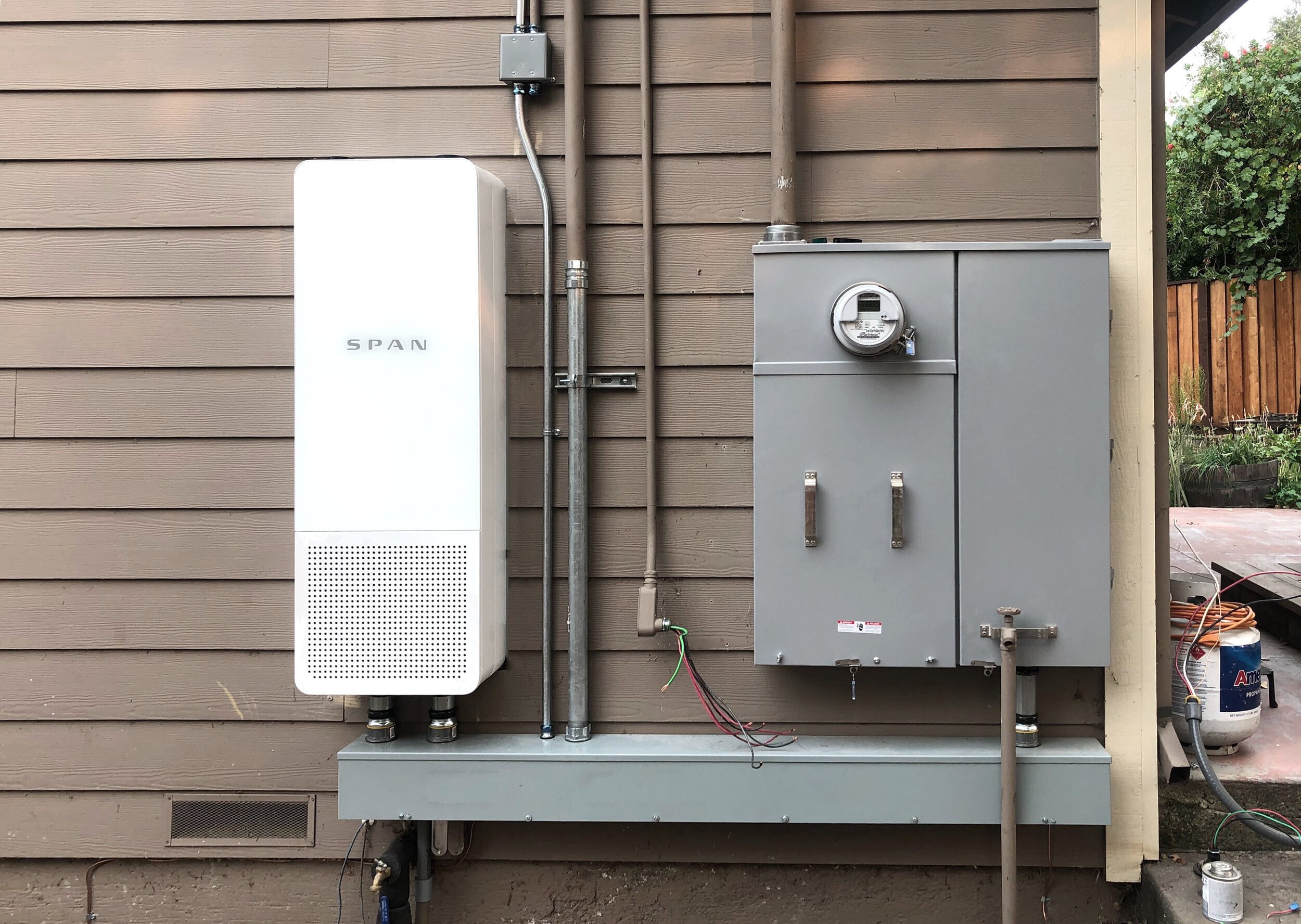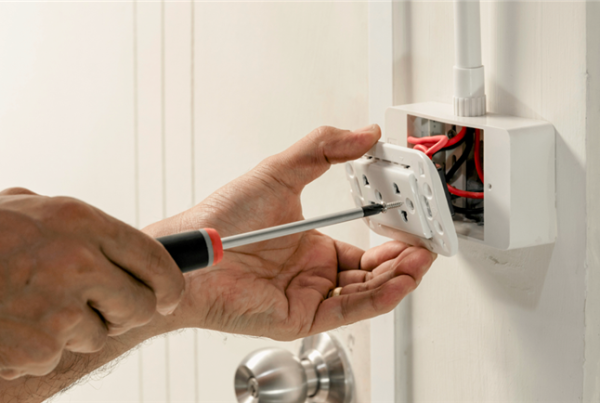Have you ever flipped a switch and wondered how it all works? Knowing the basics of your home’s electrical system is vital to keeping your home safe and energy-efficient. We’ll break down the essentials without the jargon so you can make smart choices about your electrical setup. Whether you’re a new homeowner or just curious, understanding the fundamentals helps your home run smoothly and safely.
Basics of Home Electrical Systems
Electricity travels through power lines to your home’s meter and into the main service panel. This panel directs power to various circuits through circuit breakers.
Breakers act like switches, protecting your home from electrical overloads. Some panels also have fuses, which serve the same purpose but are older.
Each circuit powers different parts of your home, such as lights, outlets, and appliances, all connected by wiring. Managing these components keeps your home electrical setup safe and efficient.
Key Components and Their Functions
Main Service Panel
The main service panel is the heart of your home’s electrical system. It connects power lines from the utility company and distributes electricity throughout your house.
Circuit Breakers and Fuses
Circuit breakers and fuses protect your electrical system from overloads by automatically cutting power to prevent fires or damage.
Electrical Circuits
Circuits are like highways for electricity in your home. They come in different types, such as dedicated circuits for appliances and general circuits for lights and outlets. Each serves a specific area, ensuring smooth power distribution.
Wiring Types
Various wiring types deliver power safely and efficiently. Each type has a specific job, from NM (non-metallic sheathed cable) to THHN (thermoplastic high heat-resistant nylon-coated wire). This includes AC cables and underground feeder cables.
Electrical Safety Tips
When dealing with electrical work, safety should be your top priority. Here are some simple tips to follow:
- Use Proper Testing Devices: Before starting any DIY electrical project, use proper electrical testing devices.
- Shut Off Power: Always shut off power at the main service panel before you begin. This step is crucial to avoid any accidental shocks.
- Handle the Panel Safely: Be cautious when handling the service panel. Proper handling can prevent serious accidents.
- Grounding is Important: Grounding protects against electric shock. Don’t overlook this step.
- Use Safety Tools: Stay safe by using tools like voltage testers and wearing insulated gloves.
- Respect Electricity: Electricity is unforgiving. Always respect its power and follow safety precautions
Common Electrical Terms and Processes
Key Terms
- Ampere: Measures electric current.
- Circuit: Path for electricity.
- Circuit Breaker: Stops excess current.
- Current: Flow of electricity.
- Fuse: Protects circuits from overload.
- Grounding: Prevents shocks.
- GFCI: Stops electric shock risk.
- Hot Wire: Carries current.
- Neutral Wire: Completes circuits.
Basic Electrical Processes
Shutting Off a Circuit Breaker
To turn off a circuit breaker, flip the switch to the “off” position.
Replacing a Fuse
To replace a fuse, twist it out gently and insert a new one of the same type.
Troubleshooting Common Electrical Issues
Circuit Overloads and Breaker Trips
When too many devices draw power simultaneously, you might experience circuit overloads or breaker trips. Start by checking appliances for malfunctions. Unplug devices on the overloaded circuit to isolate the problem. If the issue persists, it could be a wiring problem that needs a professional’s attention.
Non-working Switches or Outlets
If your switches or outlets aren’t working, begin with the circuit breaker. Breaker trips often indicate a fault in the circuit. Check for signs of damage, such as discoloration or burning smells, and promptly replace faulty switches or outlets.
Know When to Call a Professional
When in doubt, call a professional electrician. Electrical issues can be dangerous to tackle alone. A trained expert can diagnose and fix problems safely.
Common DIY Electrical Projects for Homeowners
Are you thinking of tackling some electrical projects yourself? Here are a few you can handle to keep your home safe and functional:
- Replacing old outlets and switches ensures your home remains safe and fully operational.
- Brighten up any room by replacing or installing new light fixtures where needed.
Other Common Electrical Systems
Aside from DIY projects, here are other crucial electrical systems to consider for your home:
Smoke and CO Alarms
These alarms are essential for safety, alerting you to fires and carbon monoxide leaks.
Backup Power Supply
Keep things running during outages. Ensure your fridge stays cold and your Wi-Fi stays on.
Photovoltaic Systems
Harness solar power to cut electricity costs and reduce your environmental impact.
Whole Home Surge Protection
Protect your valuable electronics with a whole home surge protection device.





